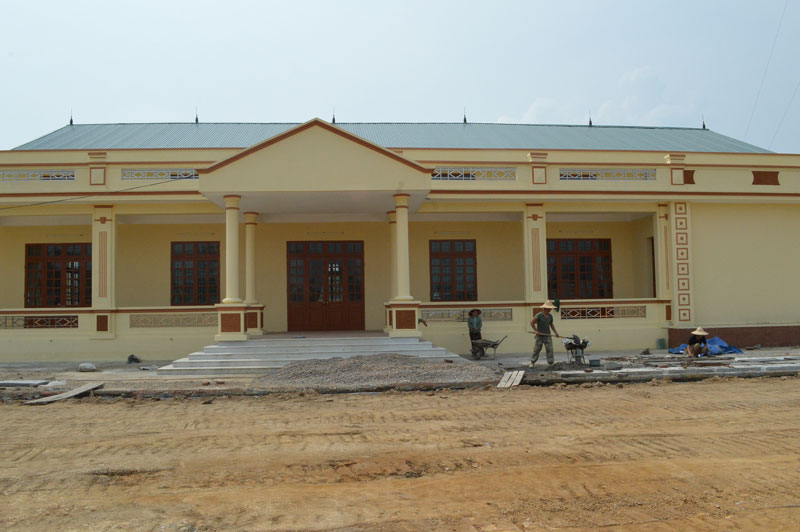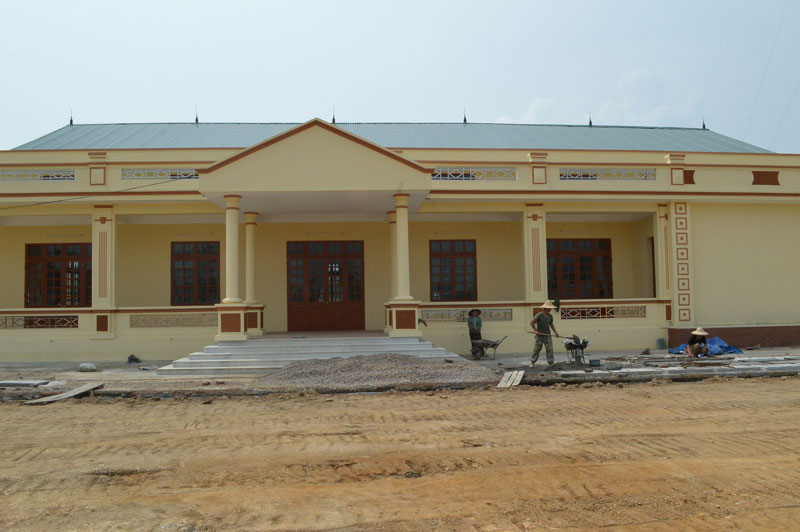



The cultural works of Tan Vinh Commune (Luong
Son) are in the finishing stage, meeting the new rural area criteria.
In 3 years (2014 - 2016), the system of
cultural facilities of Nhuan Trach commune was built and financed by various
sources of capital. In particular, the commune cultural house of 600 m2, with
the capacity of over 300 seats was invested 4.5 billion VND from the integrated
capital of the district. The commune stadium is 9,000 square meters in size and
was invested 1.7 billion VND from the government bond and the district budget.
In 2016, the sports center serving children and elderly people was built with
the provincial reward fund. In addition, with the motto of the State and people
working together, from the capital to build new rural area, the commune budget,
the local people contribute, the enterprises support, there have been mobilized
over 644 million VND to build new, upgrade and repair culture houses and sport
fields in villages and hamlets to meet the standards as prescribed, meeting the
needs of community activities of the people.
Ms. Nguyen Thi Thu Hang, the Head of District
Culture and Communication Board, said that: Up to now, 13 out of 19 communes in
the district have reached the criteria of cultural facilities. The remaining
communes did not meet the criteria, mainly due to budget constraints. This is
one of the difficult criteria of the district in implementing new rural area.
Through the study and implementation of the
criteria, the communes in the district have reserved land, planned the center
cultural and sports center areas to ensure the area according to regulations.
Along with the public land area of the commune, the people voluntarily donate
land to serve the construction work. However, the construction investment
sources are large, mainly depended on the invested capital in the program and
district budget, so the communes can not take the initiative by themselves. The
investment can not be concentrated at a time so it must be dilated every year,
prioritizing investment in the communes planning to achieve the target of new
rural area.
In addition, there are 178 out of 184 village
culture houses, reaching 96.7%.